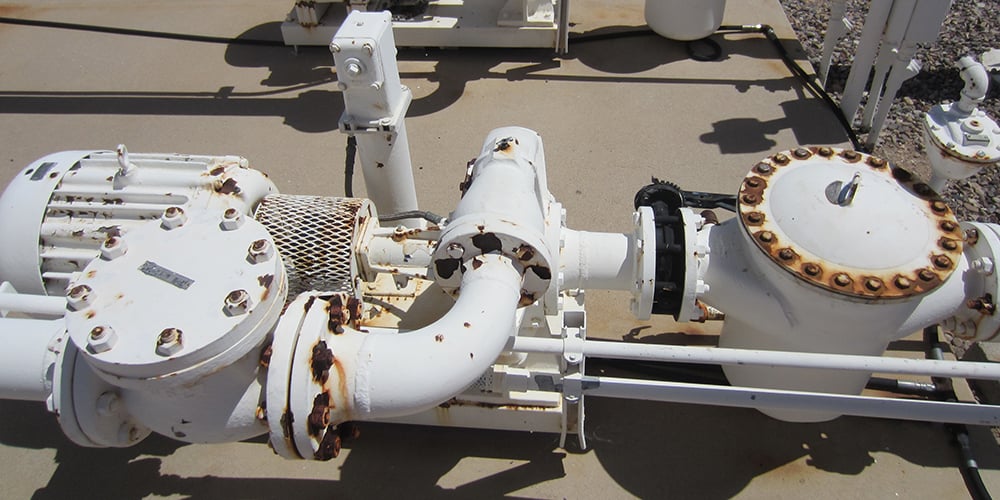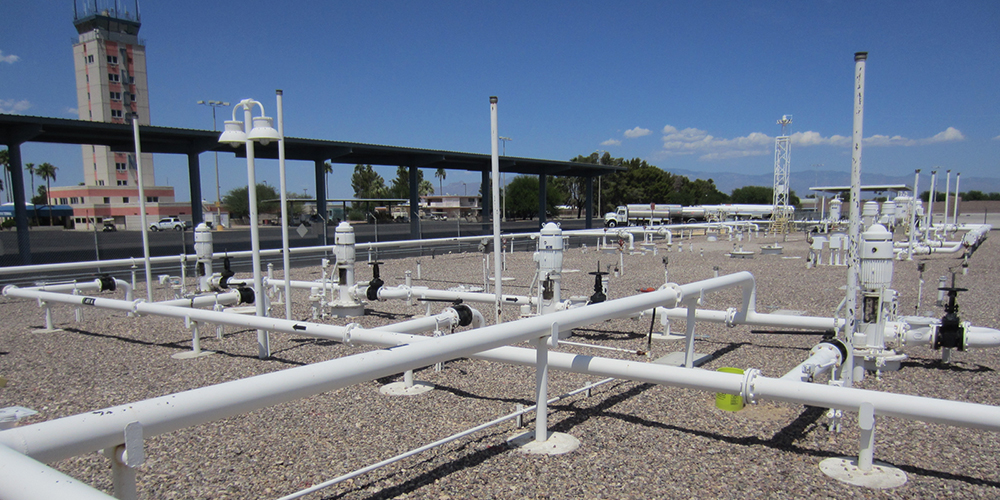
Challenge
Tucson Fuel Facilities LLC (TFF) — a consortium of airlines that lease and operate the jet fuel systems for commercial carriers at Tucson International Airport (TUS) — was looking to update a 45-year-old facility recently leased from the Tucson Airport Authority (TAA). The extensive repairs and upgrades would inevitably raise the organization’s annual operating budget.
Our team was retained as the at‑risk engineer to develop a facility improvement plan to identify all the capital improvement projects needed over the next five years. Through the course of this study, we identified numerous upgrades necessary to maintain the existing facility; however, when the cost and benefits of these projects were weighed against the cost and benefits of a new facility, it was determined a new facility would be a better option.
The decision to build a brand-new fueling facility created some potential issues. Details on the exact scope of the project could not be determined until the design process was further along; TFF’s annual budget could not cover the overall cost of the initial design and planning stages of the project; and, most significantly, a lease amendment for the new facility would need to be finalized between the TFF and TUS before TFF would be able to secure the financing needed to support the project.
Finally, the environmental impact of the project would need to be taken into consideration as part of the project. Excavation and remediation of the underground jet fuel storage tanks would be necessary to take the steps toward environmental closure of the 45-year-old facility with the State of Arizona.

